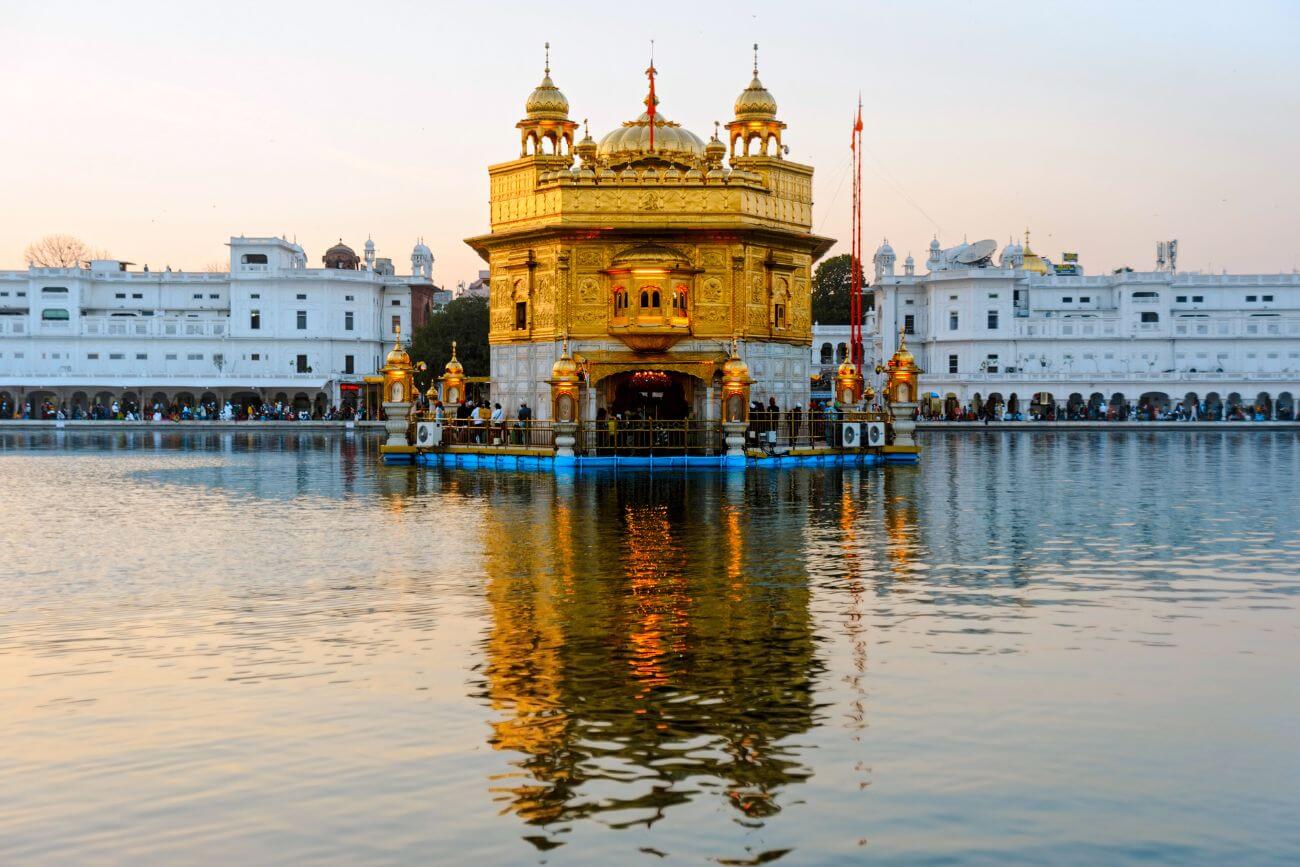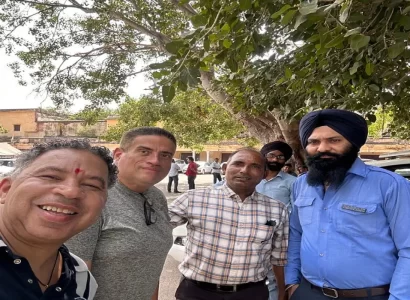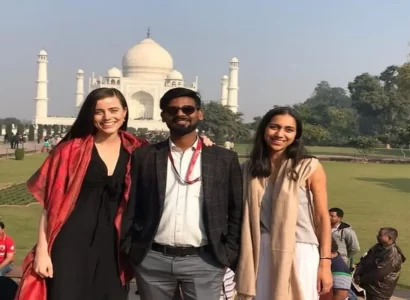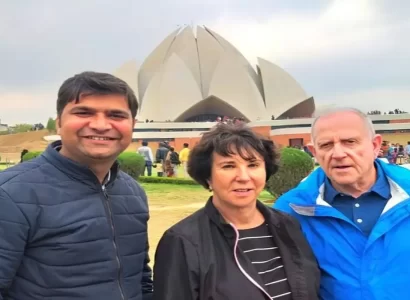India as per 42nd Amendment to the Constitution, is a secular nation, wherein every individual has been bestowed with the right to practice and profess any religion of their choice. The diversity of India is undoubtedly its greatest strength but yes, Hinduism is the majority religion in India and the roots of temple architecture in India rests in the Hindu architecture. The ancient, medieval and modern era’s temples in India are immensely rich and culture driven.
FAMOUS TEMPLES IN INDIA
GOLDEN TEMPLE/HARMANDIR SAHIB
Also known as Harmandir Sahib, this gorgeous temple is the holiest place of worship for the Sikh religion, and one of the most famous temples in North India. Built in the mid-15th century on the banks of a man-made lake in Amritsar, this temple’s golden facade and religious significance are a huge draw, and see devotees and tourists alike, arrive at its doors throughout the year in significant numbers.
KUND AND SHIVA TEMPLE AT DHOLPUR
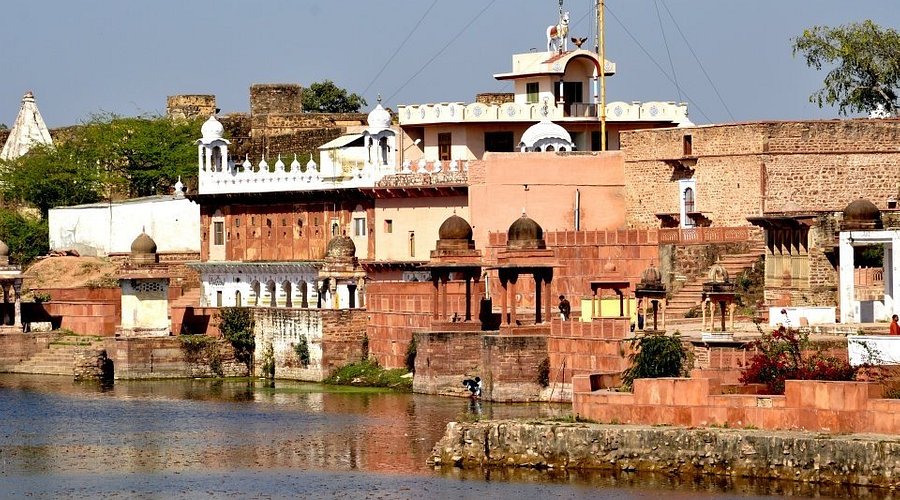
These two monuments were built by Rajdhar Kanhaiya Lal in 1856 A.D. The Maternal uncle of Raj Rana Bhagwant Singh (1836-1868 A.D), was Diwan of Dholpur State. The temple is also called “Chopra Mahadev Temple” also decorated with exquisite stone carvings the temple is about 150 ft. in height with an octagonal Sanctum Sanctorum, and has eight doors. The spire of the temple is very attractive. The temple is a unique example of 19th century architecture.
MEENAKSHI TEMPLE, MADURAI
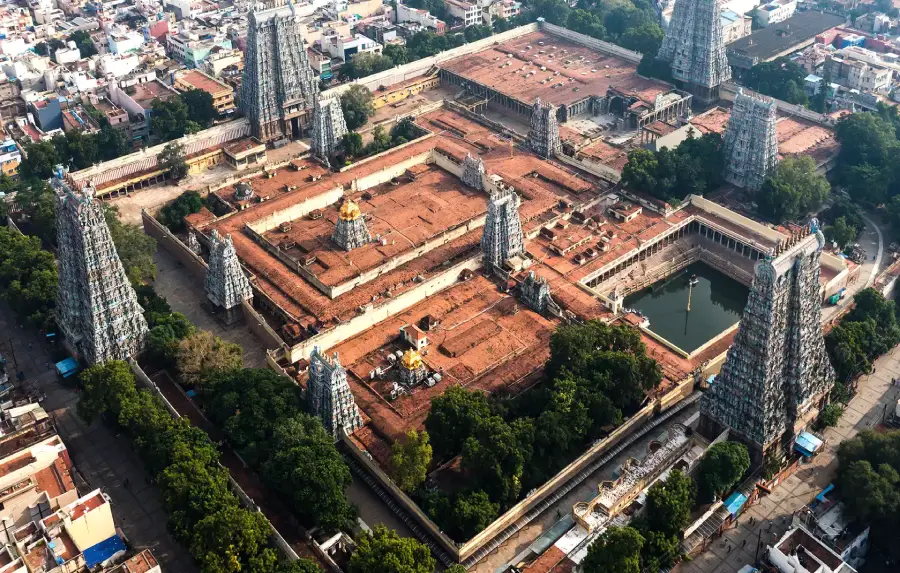
The Meenakshi Temple took its current, grandiose form in the 12-13th century, but it has been a place of worship for much longer than that. Located in the heart of Madurai, this sprawling temple is dedicated to Goddess Meenakshi (an incarnation of Parvati). Its wide hallways are always packed with devotees, and the three-storey gopuram or entrance tower over its gate is exceptionally iconic.
KASHI VISHWANATH TEMPLE, VARANASI
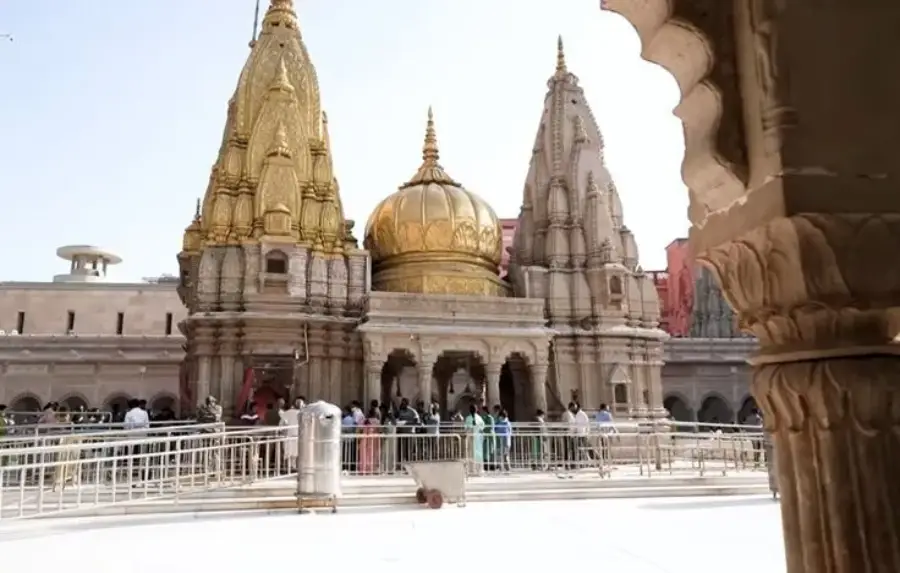
This is one of the most attractive places of worship in the holy city of Varanasi. Situated on the banks of the River Ganga, Kashi Vishwanath is dedicated to Lord Shiva. The temple is also located right next to the Dashashwamedh Ghat, arguably the most significant ghat in the area. The renowned Ganga Aarti takes place here every evening.
ADI YOGI, COIMBATORE
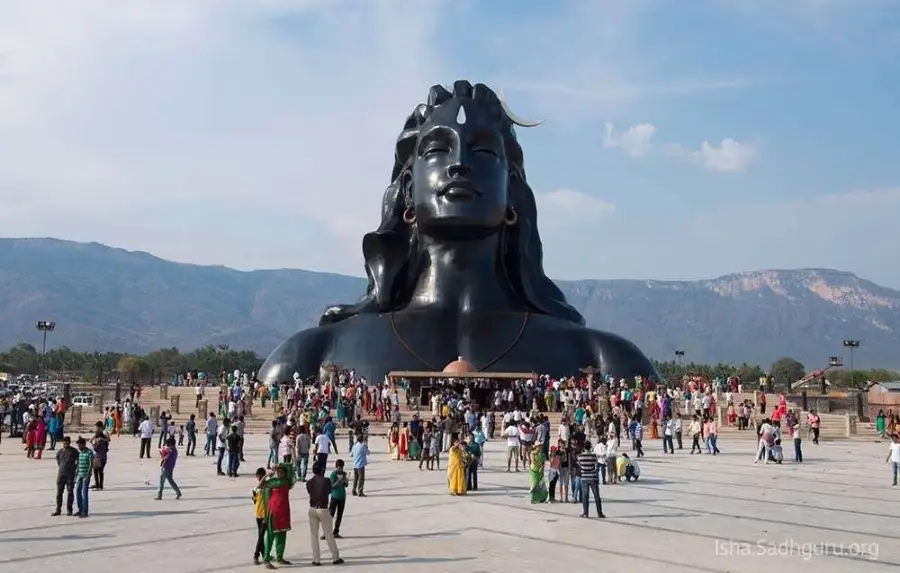
On the auspicious night of Mahashivaratri at Isha Yoga Center, an iconic face of “Adiyogi – the Source of Yoga” was unveiled by the Hon’ble Prime Minister Narendra Modi. Recognized as the world’s largest bust sculpture by the Guinness World Records, the face of Adiyogi is 112 feet high, representing the 112 ways he offered for one to attain to well-being and one’s Ultimate nature. Installed near the Adiyogi is the Yogeshwar Linga, which was consecrated by Sadhguru, as a manifestation of five of the major chakras in the human system. Adiyogi, with the presence of the Yogeshwar Linga, has become a living entity.
KEDARNATH TEMPLE, UTTARAKHAND
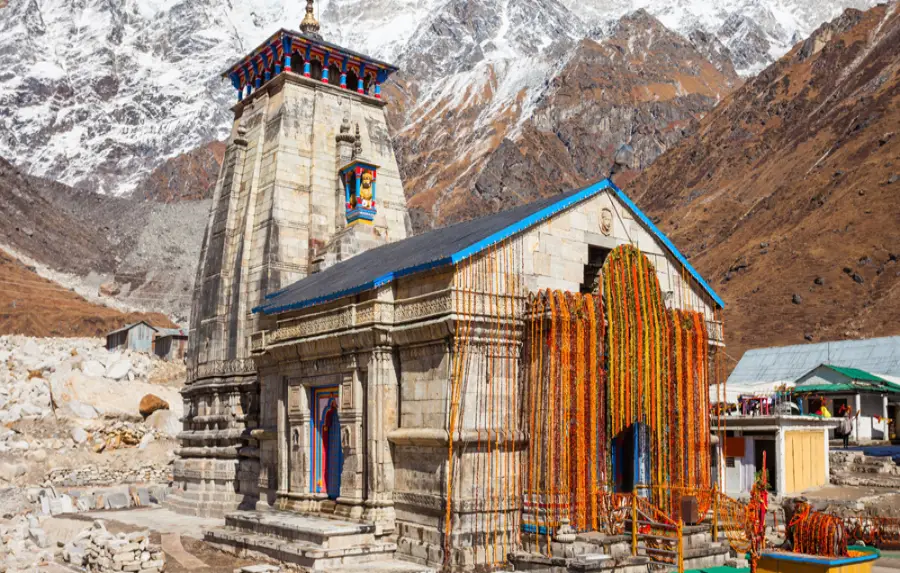
Standing magnificently at an altitude of 3,580mts and enveloped in the mighty Garhwal Himalayas, the Kedarnath Temple is one of the twelve Jyotirlingas of Lord Shiva. Kedarnath forms one of the four sites of the Chota Char Dham Pilgrimage. Dedicated to Lord Shiva, Kedarnath Temple is among the 275 temples of Paadal Petra Sthalams (the most powerful Shiva temples in the world) and is also the most important among the Panch Kedars. The most astonishing feature of Kedarnath is the cylindrical lingum, which is 12ft in circumference and 12ft in height.
LOTUS TEMPLE, DELHI
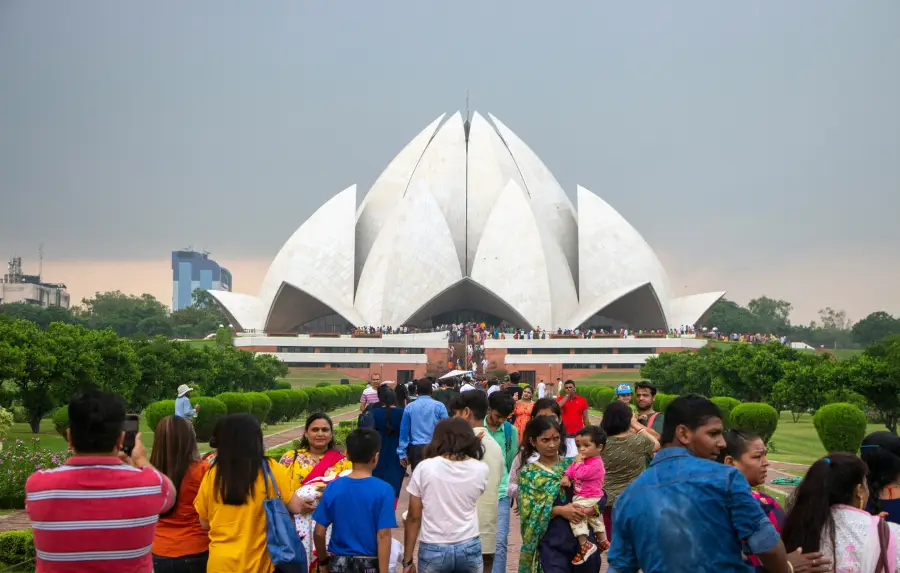
Designed by the Canadian architect Fariborz Sahba, the Lotus Temple is one of the seven Bahai’ I houses of worship around the world. It has this splendous white petalled lotus structure surrounded by water on all sides. It is not only beautiful but also a centre of peace which propagates the virtue of equality of mankind without any discrimination based on caste, creed, gender, colour etc.
BIRLA TEMPLE, JAIPUR
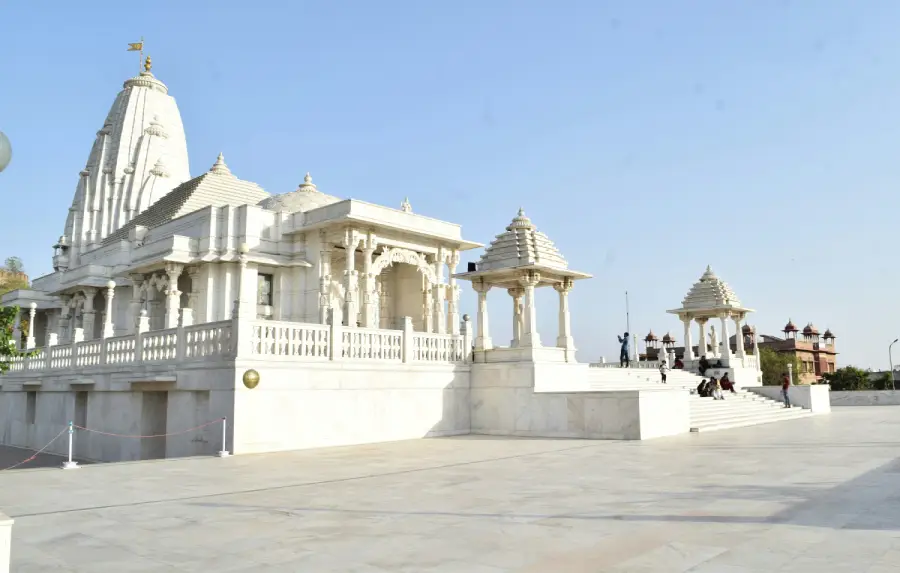
Want a rendezvous with the Almighty? Then visit this beautiful temple located on the Moti Dungari Hill in Jaipur. This temple is an amalgamation of ancient Indian architecture and modern forms of temple structuring. This temple is home to an alluring idol of Lord Narayana, the preserver and his wife, Goddess Lakshmi. It was built in 1988 by the Tatas when the Maharaja Of Jaipur gave away the land with a token amount of rupee 1, and ever since then, this temple has become a must-visit during Janmashtami. Even the food served outside the temple is symbolic of authentic Rajasthani taste.
SONAGIRI JAIN TEMPLES, MADHYA PRADESH
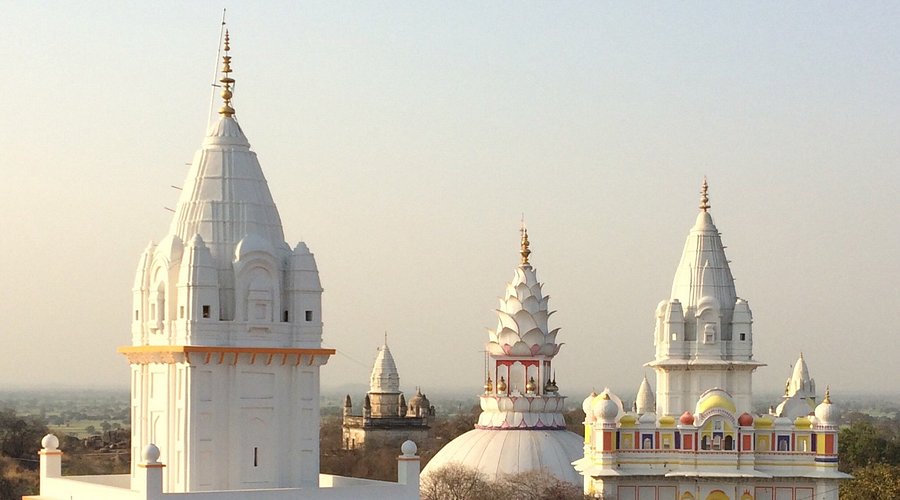
About 60 km from Gwalior, there is a score of Jain temples, which are beautifully designed and date back to the 9th century. It is located in Datia district of Madhya Pradesh, India. Acharya Shubh Chandra and Bhartrihari lived and worked here for spiritual achievements
DHUMAVATI TEMPLE, DATIA DISTRICT
Dhumavati is one of the Mahavidyas, a group of 10 Hindu Tantric goddesses, she is portrayed as an old, ugly and unattractive woman, often associated with inauspicious occasions, the Chaturmas period and darkness, however paradoxical she is also symbolic of the fearsome aspect of Devi who is all powerful and invincible. She is depicted riding a horseless chariot or a crow on the cremation ground. Dhumavati is also at times associated with ultimate knowledge and the provider of siddhis. A rescuer from all troubles and granter of all desires she is above the mean demarcation of auspicious and inauspicious. Dhumavati’s worship is considered ideal for unpaired members like the bachelors the widows the tantriks the world renouncers. Sweet offerings are restricted.
Temples in India hold a very important position, and it has been same since the Ancient times. Temples are not only symbolic of faith, spirituality and goodness but a sense of peace and holiness for the masses. Devotees in India believe in God, they consider him as the sole provider and relief giver. God is the ultimate truth, the preserver and even the destroyer. People believe that he loves us beyond boundaries and therefore going to him in search of tranquillity is the only way to escape the trials and tumults that life is full of. And therefore since the very origination mankind has given his/her preservation duty to the ultimate being.
